
views
X
Trustworthy Source
PubMed Central
Journal archive from the U.S. National Institutes of Health
Go to source
However, you must take human bites very seriously because of the types of bacteria and viruses present in the human mouth.[2]
X
Trustworthy Source
PubMed Central
Journal archive from the U.S. National Institutes of Health
Go to source
By properly evaluating your wound from a human bite, administering first aid, and consulting your doctor, you can treat a human bite wound without experiencing any serious side effects such as infection.
Administering First Aid
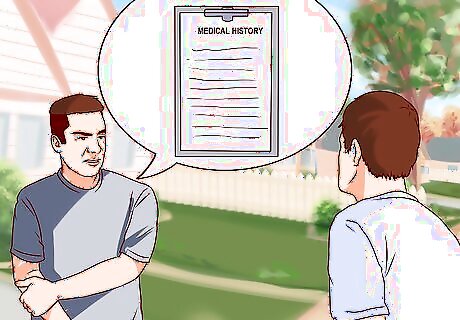
Ask for the biter’s medical history. If it’s possible, ask the person who bit you for their medical history. You want to make sure they have current vaccinations and do not have other serious medical conditions such as hepatitis. This can help your figure out if you should see a doctor and what type of treatment is the best for you. If you can’t get the medical history of the person who bit you, administer first aid and then see your doctor. The two diseases of highest concern are hepatitis B and tetanus. Though they don’t occur with every bite, hepatitis and tetanus can develop, especially with infected bites. Transmission of HIV or hepatitis B during a bite incident is not likely but it can happen. If the biter is unknown, testing for HIV can provide peace of mind for the person who was bitten.
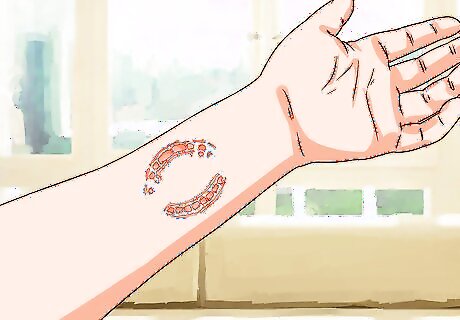
Evaluate the wound. As soon as you experience a human bite wound, inspect the site of the bite mark. Evaluate the severity of the wound and try to determine the best course of treatment. Remember that all human bites are serious. Human bites can range from everything from deep flesh bites from a fight or other situation, to something like a tooth scraping on your fingers or knuckles. If a human bite breaks your skin, you’ll need to see a doctor and get medical care in addition to administering first aid.
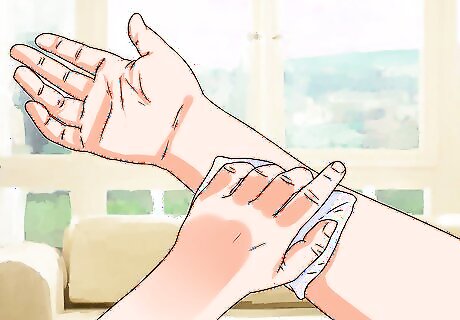
Stop any bleeding. If your wound is bleeding, apply pressure with a clean and dry cloth or bandage. Don’t administer any other first aid until you get control of any bleeding so that you don’t lose too much blood. You can lie down on a rug or bed if the bleeding is severe to help prevent you from losing body heat and going into shock. If you bleed through a bandage or cloth, don’t remove it to apply another. Simply place the new bandage on top of the wound until it stops bleeding. If there is anything in the wound, such as tooth fragments, don’t apply too much pressure or attempt to remove the object.
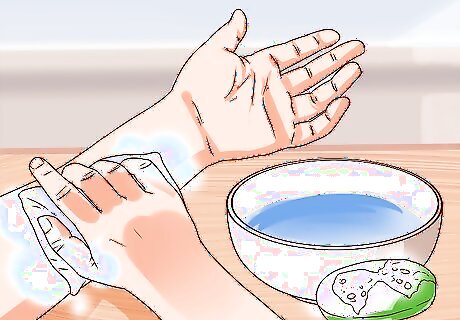
Wash the wound. Once you’ve got any bleeding stopped, wash the wound with soap and water. This can help remove any bacteria and may minimize the risk for infection. You don’t need to purchase any special soap; any soap will help to remove bacteria. Make sure to wash and dry the wound thoroughly, even if it is painful. Wash the wound until there is no visible soap or until any debris such as dirt is washed away. You may also use povidone iodine as an antibacterial treatment instead of soap and water. You can apply the iodine either directly to the wound or with a bandage. Do not remove any embedded debris such as tooth particles because this could spread infection.
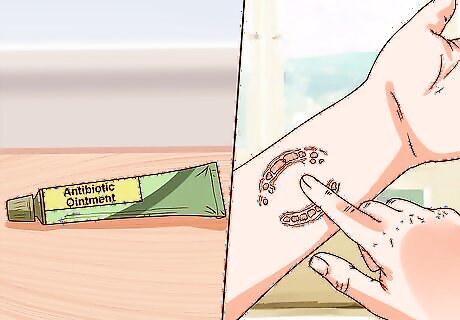
Apply an antibiotic ointment to the affected area. Applying an antibiotic ointment or cream can help prevent infection. It may also help to reduce swelling and pain and enhance the healing. You can use anti-biotic ointments such as neomycin, polymyxin B, bacitracin to prevent infection. These are available at most drug and grocery stores and their online retail sites.
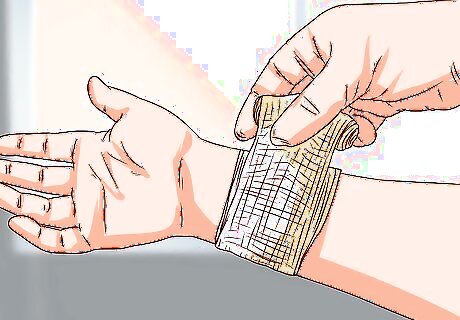
Cover the wound with a clean bandage. Apply a new bandage that is clean or sterile and dry once the wound is not bleeding and disinfected. This may limit exposure to bacteria and help prevent infection.
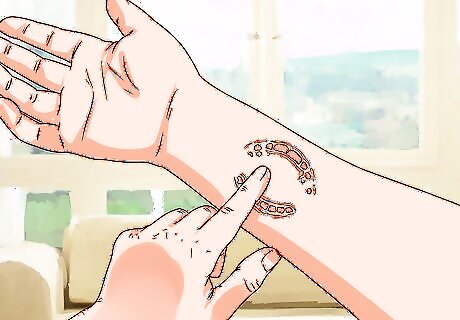
Watch for symptoms of infection. If your bite is not very large and/or you decide to not seek medical treatment, it’s important to watch the wound for signs of infection. This can help prevent serious medical problems including sepsis. If your wound is red, hot to the touch, and very painful this is a sign of infection. Other symptoms of infection are fever and chills. If you experience any of these symptoms, it’s important to consult a medical professional so that you don’t develop a severe infection or other serious medical condition.
Getting Medical Treatment
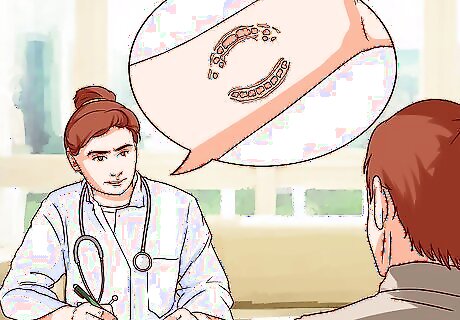
See your doctor. If the bite broke the skin or doesn’t heal with first aid, see your doctor as soon as possible. You may require more in-depth treatment than what you can do at home, which can minimize your risk for infection or nerve damage. It’s important to see your doctor if a human bite breaks your skin, as it can very easily become infected. You should seek treatment for a broken skin wound within 24 hours. If your wound doesn’t stop bleeding or the bite has removed significant tissue, seek help at an emergency room. If you have any concerns even about the smallest bite or scrape from a human mouth, talk to your doctor. Tell your doctor how you got the bite. This might help him with your treatment or getting help if it involved violence. Your doctor will measure the wound and take notes on presentation including location or if you appear to have nerve or tendon damage. Depending on the severity of the bite, your doctor may order blood tests or X-rays.
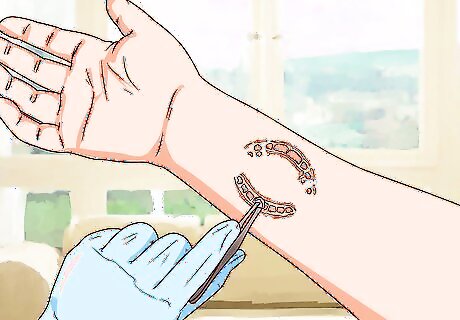
Allow your doctor to remove any foreign objects in the wound. If there are any foreign objects in your bite wound, such as teeth, your doctor will remove them. This can help minimize your risk of infection and may relieve any pain you have.
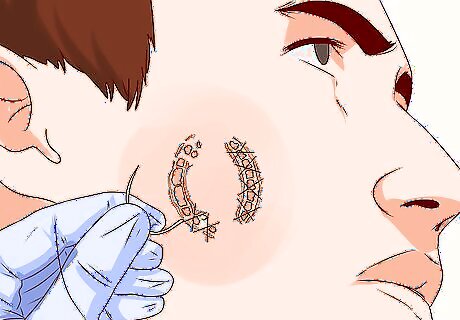
Have a plastic surgeon stitch the wound if it is on your face. If you have a significant bite mark on your face, your doctor should enlist the help of a plastic surgeon to stitch the wound so it will heal properly, with minimal scarring. It’s not uncommon for stitches to itch. If this is the case, you can use a light layer of antibiotic ointment to relieve itching and help prevent infection.
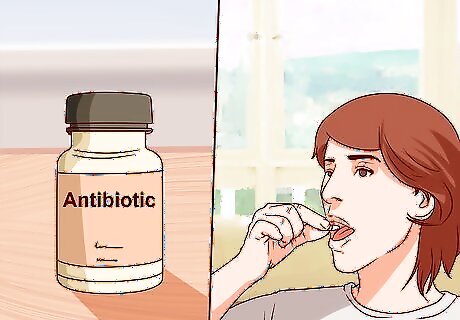
Take an antibiotic to combat infection. Your doctor may prescribe one of several different antibiotics for a human bite wound. These can minimize your risk of developing an infection. Your doctor may prescribe one of the following antibiotics to combat infection: cephalosporin, penicillin, clindamycin, erythromycin, or aminoglycosides. Antibiotic treatment usually lasts between three to five days. If there is an infection, it may be necessary to follow up with a longer course of treatment, up to six weeks.
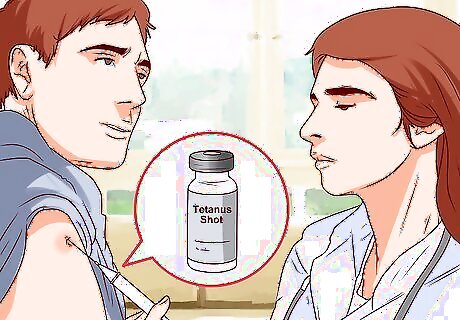
Get a tetanus shot. If you haven’t had a tetanus shot within five years, your doctor may prescribe a booster shot. This can help prevent the infection that causes tetanus, or lockjaw. Make sure to tell your doctor the date of your last tetanus shot or if you’ve never had one. Tetanus is a potentially fatal infection. If you know the medical history of the person who bit you, a tetanus shot may not be necessary.

Test for disease transmission. If your biter’s medical history is unknown to you, your doctor may test for the transmission of diseases such as HIV and hepatitis B at regular intervals. This can not only identify possible infection, but also put your mind at ease. It is very unlikely you will contract any disease such as HIV, hepatitis B, or herpes from a human bite.
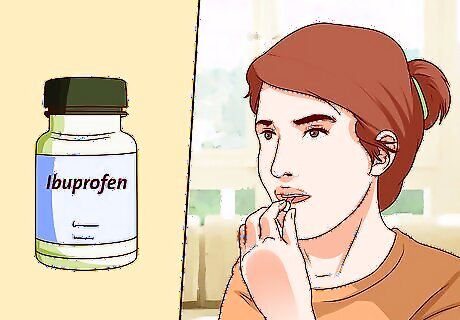
Use pain medication. It’s normal to have pain for a few days following the a bite wound. Use either over the counter pain relievers or a prescription pain medication to help alleviate pain and some swelling. Take over the counter pain relievers such as ibuprofen or acetaminophen. Ibuprofen may also help alleviate some of the swelling associate with the surgery. Your doctor may prescribe a pain medication if over the counter pain relief doesn’t work for you.
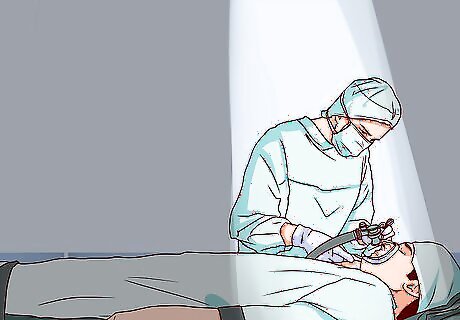
Repair damages with plastic surgery. If you had an extremely severe bite that resulted in the loss of tissue, your doctor may suggest plastic surgery. This can repair your skin to its earlier state with little scarring.












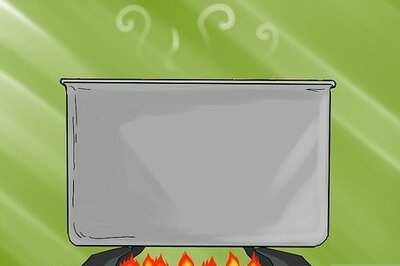







Comments
0 comment